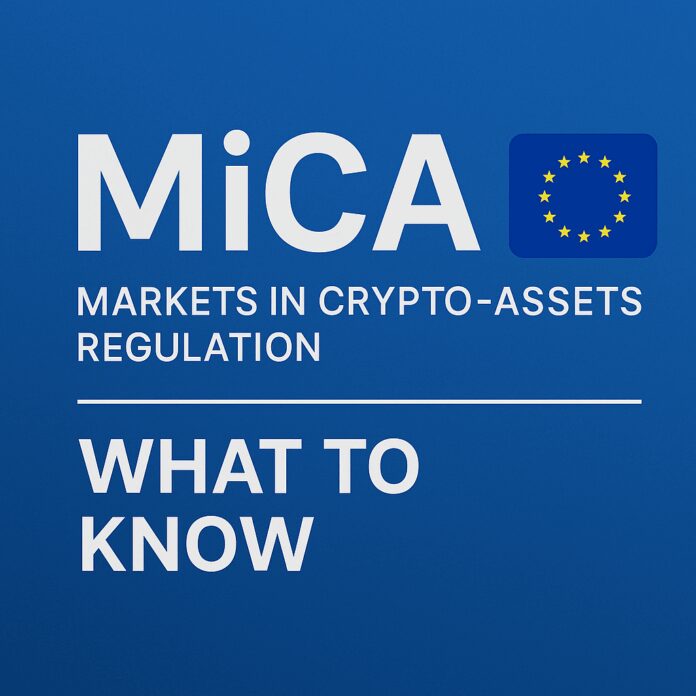The European Union has taken a major step toward regulating digital assets with the implementation of MiCA – the Markets in Crypto-Assets Regulation. It’s the first comprehensive crypto framework from a major economy, and it’s already reshaping how projects launch and how tokens are evaluated.
If you’re a builder, investor, or researcher in crypto, understanding MiCA is no longer optional — it’s critical.
What Is MiCA?
MiCA is an EU-wide regulation that creates a unified legal framework for crypto-assets not already covered by existing financial laws. It applies across all 27 EU member states and covers:
- Crypto-asset issuers
- Stablecoin providers
- Crypto exchanges and wallets
- Token sales (ICOs/IEOs)
- Service providers like custodians and advisors
MiCA became law in June 2023 and is being phased in across 2024–2025, with full enforcement by mid-2025.
Key Components of MiCA
1. Licensing Requirements
Crypto-asset service providers (CASPs) must register with regulators to operate legally in the EU. This includes:
- Centralized exchanges
- Custodians
- Portfolio managers
- Trading platforms
- Token issuers
Once licensed in one EU country, a project can legally operate across the entire bloc (“passporting”).
2. Whitepaper Obligations
Issuers must publish a detailed whitepaper that includes:
- Description of the token’s purpose and mechanics
- Risks for investors
- Legal and technical disclosures
- Marketing and promotion limitations
This aims to protect users and increase transparency.
3. Stablecoin (EMT/ART) Regulation
MiCA introduces strict rules for two types of stablecoins:
- E-Money Tokens (EMTs): Pegged to fiat and used for payments (e.g. USDC, EURC)
- Asset-Referenced Tokens (ARTs): Pegged to multiple assets (fiat, crypto, commodities)
Key rules include:
- Full reserve backing
- Daily redemption rights
- Capital requirements
- Supervision by the European Banking Authority (EBA)
Unlicensed stablecoins could be delisted in the EU.
4. Consumer Protection and AML
MiCA reinforces investor protections and ties into broader AML/CTF (anti-money laundering and counter-terrorism financing) efforts:
- Mandatory KYC for service providers
- Clear rules on custody, loss disclosures, and fund segregation
- Penalties for non-compliance
What It Means for Investors
For users of platforms like RateEx42, MiCA will change how you analyze and compare tokens:
- Regulated = More trust
Projects that comply with MiCA (or seek compliance) will likely gain faster exchange listings and broader access to EU investors. - Token launches must follow rules
ICOs and IEOs will require documentation and registration — wild token launches will disappear. - Risk of stablecoin restrictions
Tokens that rely on unregulated stablecoins may lose access to EU markets. - Cross-border access improves
Once licensed in one EU country, a token or platform can be legally used across the entire EU — a major boost for legitimate growth.
How MiCA Compares Globally
| Region | Regulation Status | Key Focus |
|---|---|---|
| EU | MiCA (active 2024–2025) | Broad crypto + stablecoins |
| USA | Still fragmented | SEC vs CFTC dispute ongoing |
| UK | Custom regime via FSMA | Focus on compliance + custody |
| Asia | Country-specific | Singapore/Japan = strict |
Conclusion
MiCA is more than just another piece of regulation — it’s a milestone. It offers a clear legal path for serious crypto businesses and gives investors tools to make more confident, informed decisions.
If you’re evaluating tokens on RateEx42, always ask:
Is this token MiCA-compliant or preparing for compliance?
Projects that ignore MiCA risk being locked out of the EU, while those that embrace it will likely dominate Europe’s next crypto cycle.



